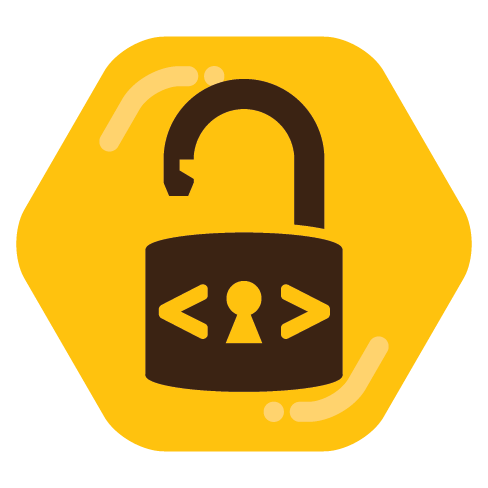

To be honest, you can say the same about any large cloud provider. What happens if AWS, or Azure, or Google Cloud go down, or become terrible?
I’m a Christian and software engineer; I create random graphics projects and websites. Feel free to ask me for help with programming, or about my faith!


To be honest, you can say the same about any large cloud provider. What happens if AWS, or Azure, or Google Cloud go down, or become terrible?


This is probably not the solution you are looking for, given your opinion of the company, but I wonder if using their 1.1.1.1 app (which acts as a mini VPN to a Cloudflare endpoint and changes your public IP) would fix that for you. The upside is it’s free, the downside is that it is a Cloudflare-run VPN.
You might look into displaying images in the terminal as well; many modern terminals support showing actual images natively


They said bcachefs; I don’t think BTRFS has it, at least not since I last checked.


Actually looking forward to the btrfs swapfile hibernation; I have tried setting it up on my machine before but the documentation was never clear on whether it would work (or why mine wasn’t).


Check out Ollama and its extensions for VSCode; might save you some money paying for other services if your computer can run models locally.


Unfortunately, I don’t have experience with mangohud. Does Legacy work without it? And does mangohud work with other games?


Just going to ask this just in case: have you tried doing a full update and reboot? If you updated and have not rebooted, sometimes drivers get messed up.


Have you had any luck with hibernation with a BTRFS swapfile? My computer still does not start from hibernation, and I am not sure why, even though I followed the Arch wiki to set it up.
My computer was taking too long to start up, which I interpreted as failing to boot, but in hindsight was probably just my hard drive being slow. So, I booted into recovery mode, and ran an update. At one point, apt said “there are unnecessary packages” and would I like to remove them? I figured that apt knew better than I did (after all, maybe a package dropped a dependency), so I said yes.
It was after I noticed the very large number of packages that I suspected I messed up. Turns out, apt uninstalled the entire desktop environment, and network manager, so I had to boot into a USB drive with Network Manager installed, chroot into my main drive, and reinstall plasma. As a bonus, I think I missed the main group for the plasma desktop and only installed only most of it, so some of my extensions just didn’t work anymore.


I haven’t taken it myself, but “The Last Algorithms Course You’ll Need” is free and is written by The Primeagen. He works at Netflix and runs a programming-focused YouTube channel, and as far as I can tell is very knowledgeable and level-headed.
Not all ad blockers remove elements from web pages, and if they acted that predictably you could detect the ad blocker by detecting whether an expected element is hidden.
I have not looked through an ad blocker’s code, but I don’t believe it is that simple.
This already exists - @soatok@furry.engineer’s blog already has a popup about not having an adblocker, although it is easy to dismiss. It’s probably a bad idea to block content based on not having one, as detecting ad blockers is a losing battle (as YouTube is learning).
Definitely seems like an AI generated article. I can’t imagine a human actually writing “the sound of legends being printed.”


Regarding exit nodes, I have heard that Veilid does not distinguish normal nodes from exit nodes, meaning any node can be an exit node. However, I did not see this in their presentation, and the system seems to be more focused on peer-to-peer communication within the network than private accessing of outside web sources.


Regarding exit nodes, I have heard that Veilid does not distinguish normal nodes from exit nodes, meaning any node can be an exit node. However, I did not see this in their presentation, and the system seems to be more focused on peer-to-peer communication within the network than private accessing of outside web sources.


I think Lokinet and Veilid are two different solutions to the same problem. Lokinet is intentionally based on the block chain to prevent attacks, while Veilid is intentionally non-blockchain based. Additionally, Lokinet seems to be more similar to Tor in its makeup and purpose, but I can’t find any information on how the encryption functions to compare to Veilid’s.


Thanks for the offer, but if I have to solder, I would rather do it myself. Might be able to find someone at my college that I can borrow an iron from.


For my (admittedly nonprofessional) use cases, I have found nothing that Krita, Gimp, or Inkscape could not handle. Honestly, I think the UI is equal or better as well.
For anyone who is confused: This is exploiting an old soundness bug in the Rust compiler that is still present. The GitHub issue page has this comment from maintainers: